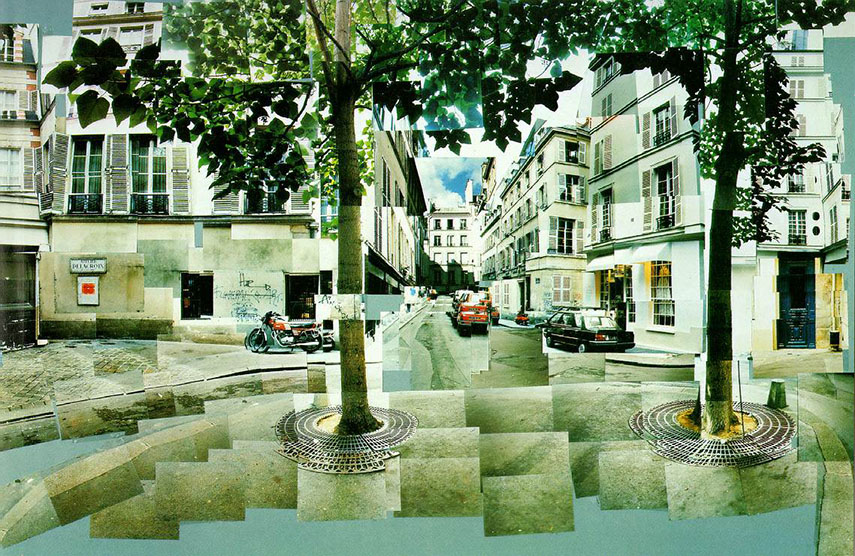HISTORY

An important aspect of photography is the physical photo, and in our modern era surrounding technology, it seems the printing process is no longer valuable in as many ways as it was in past years. However, since the 19th century, photographers have experimented with the physicality of photographs, creating revolutionary techniques. One of these was the development of photomontage, whereby artworks consisted of a combination of many photographs in one.
The art of photomontage, various images are composed by cutting, gluing, arranging and overlapping two or more photos to create one modified image. This can be with abstract shapes and even writing. The technique can be tracked back dark room printing attempts in a double exposure and masking approach. Now we use a variety of editing software to imitate this affect. Even through the initialisation of technology, today, we can talk about photo montage as a digital and/or printed piece.
Many photomontages explored issues such as economic inequality, police and war brutality’s, well as other non political ideas such as those expressed by surrealists to reflect the workings of the unconscious mind. In Jersey, jewish surrealist Claude Cahun, used photomontage as a form of expression.
The most famous photo could have come from Oscar Rejlander during the mid-Victorian era when experimenting with combination printing. However the Dadaists adopted the technique using actual photographs to emphasise the destruction of war. These ‘monteurs’ included people such as Hannah Höch and Raoul Hausmann.
PHOTOMONTAGE EXAMPLES:


